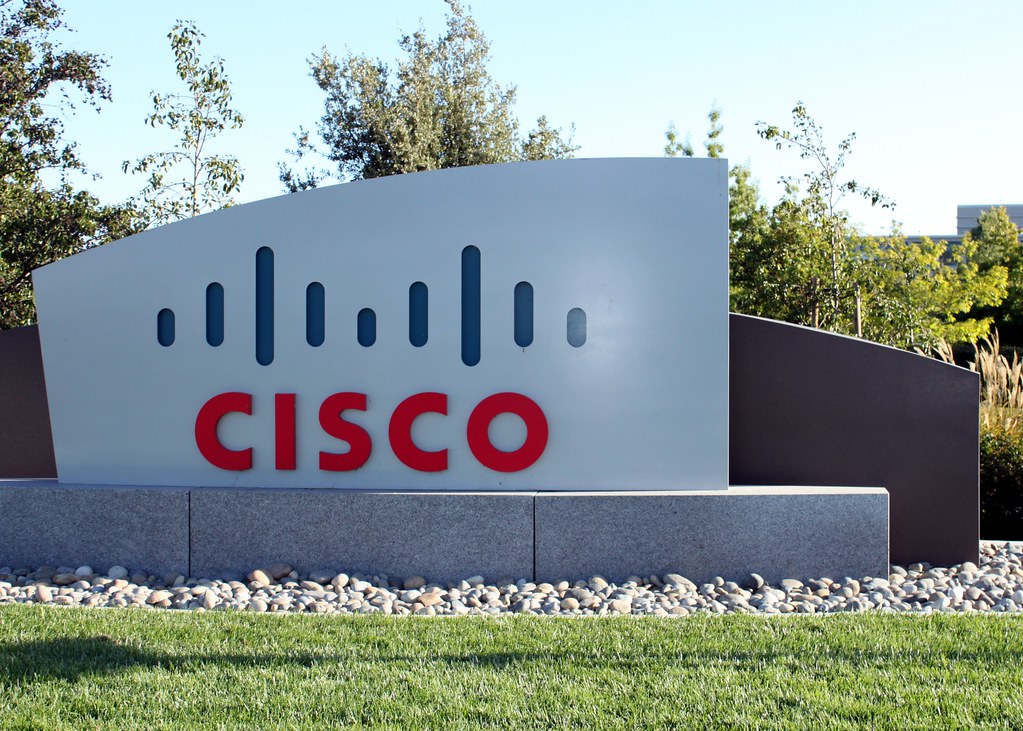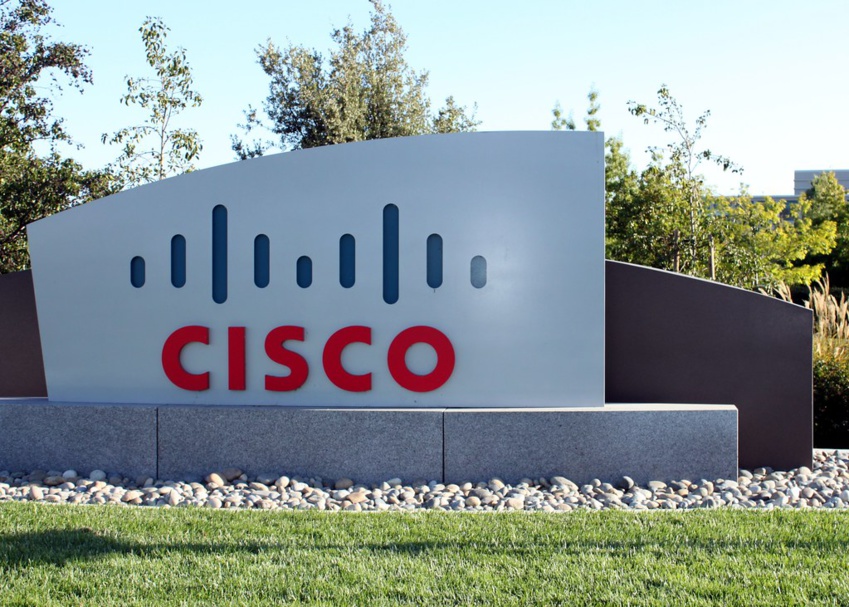Products follow a lifecycle that extends beyond their creation and usage, encompassing aspects like composition, manufacturing, transportation, and disposal. While many companies discuss the benefits of the "circular economy" in minimizing environmental impact, it's crucial to understand the concept both theoretically and in practical application.
The idea of a circular economy, articulated by architect and economist Walter Stahl in the 1970s, revolves around creating economic systems that operate in loops, focusing on the reusability and regeneration of materials or products. This approach aims to produce items with minimal environmental impact and resource utilization. Applying circular design principles throughout a product's lifecycle is key to realizing this vision.
Consider a wireless access point as an example. To engineer it for circularity, a company must address two primary aspects:
Material Selection: This involves choosing materials for the access point, emphasizing the incorporation of recycled content over virgin materials, reducing nonrenewable material usage, and considering resource scarcity risks during material selection.
End-of-Life Design: The access point should be designed for repurpose, remanufacture, or recycling at the end of its life. This might involve avoiding complex disassembly processes for recycling and enabling efficient disassembly to extract individual parts for reuse.
Companies should integrate circularity and sustainability into their product design process, akin to how they prioritize user experience. Circular thinking should extend beyond the product's creation, encompassing waste reduction and environmental considerations in packaging. Manufacturing processes should aim to reclaim leftover materials from each access point and recycle them for use in other products.
Furthermore, reducing material usage not only minimizes energy consumption in mining and production but also mitigates environmental impacts associated with mining. A decrease in landfill disposal contributes to safeguarding groundwater, preventing emissions from biodegradable items, and preserving valuable landfill space. In essence, adopting circular economy principles aligns with environmental stewardship and cost efficiency.
A growing gap in circularity is becoming apparent. When old electronic devices are discarded, they often contain hazardous materials such as lead or mercury, which can leach into water supplies or soil through landfills. Opting for the recycling, reusing, or repurposing of electronics can significantly reduce the environmental impact caused by product breakdown and the need to mine or create virgin materials for new products.
However, recent research indicates that society is not taking sufficient measures in this direction. The 2023 edition of the Circularity Gap Report, an annual assessment of global circularity adoption by Circle Economy, reveals an increasing reliance on materials from virgin sources in the global economy. This shift is driven by the rising demand for materials used in buildings, infrastructure, and durable goods, including electronics. The report estimates that the global economy's circularity rate has decreased to about 7.2%, down from 9.1% in 2018.
The widening gap is also evident in findings from the European Environmental Bureau, which reported a sales increase of over 85% in electrical and electronic equipment in the EU from 2013 to 2021, reaching over 13 million tonnes. However, only 4.9 million tonnes of e-waste were registered in the same year, representing just over 37% of the volume sold.
On a global scale, the e-waste collection rate is alarmingly low. A United Nations report from 2020, based on 2019 data, estimates that only 17% of e-waste is collected worldwide, leaving a substantial amount of valuable materials unrecovered and unused.
The failure to seize opportunities for recycling and reuse extends beyond environmental concerns; it is also an economic issue. The disposal of global e-waste results in the loss of billions of U.S. dollars' worth of raw materials, including copper, iron, and tin, as well as more valuable metals like gold, silver, and palladium. Failing to recover these materials forces manufacturers to seek fresh supplies, impacting the global economy.
Closing this circularity gap not only benefits the environment but also contributes to economic gains. Companies have the opportunity to enhance their bottom line while simultaneously acting as stewards of the planet.
Transitioning from linear to circular models at Cisco involves embracing well-established circular economy principles that have been in existence for decades. To fully reap the advantages, companies need to overhaul various aspects of their operations, encompassing engineering principles, supplier engagement, manufacturing, logistics processes, and even their fundamental business models. As part of Cisco's ongoing transformation, there is a strategic focus on shifting more of the business from one-time transactions to continuous services, aiming to adopt models that not only extend the value of products but also minimize their environmental footprint.
Cisco has already initiated changes in its practices and programs to align with these goals. For instance, the company has set an ambitious target of incorporating Circular Design Principles into 100% of its products and packaging by 2025. In 2021, a circular design evaluation methodology and tool were introduced to monitor progress toward this objective.
Furthermore, Cisco has implemented various programs designed to close the loop on its products:
The Cisco Takeback and Reuse Program facilitates the return of end-of-use gear at no cost, enabling Cisco to redirect it to its next best use. Almost 100% of the returned equipment is either reused or recycled by Cisco.
The Cisco Refresh program offers certified remanufactured equipment, providing a second life to products and contributing to waste reduction. This program has been an integral part of Cisco's offerings for over two decades.
Cisco provides IT payment solutions that align with circularity, making it simpler for customers to develop technology strategies that support sustainability goals. For instance, the Cisco Lifecycle Pay with Trade-In Incentive allows customers to enjoy up to a 10% reduction in monthly payments by trading in legacy Cisco or third-party equipment.
Cisco embraces as-a-service and subscription models across various products and solutions, empowering customers to transition to recurring revenue models that endorse circular consumption and responsible practices in the takeback, recycling, and reuse of hardware.
Recognizing circular transformation as a fundamental requirement for a regenerative future, Cisco has designated it as one of the three key priorities in its environmental strategy. This commitment underscores the company's dedication to fostering sustainability and circular practices in its operations and offerings.
The idea of a circular economy, articulated by architect and economist Walter Stahl in the 1970s, revolves around creating economic systems that operate in loops, focusing on the reusability and regeneration of materials or products. This approach aims to produce items with minimal environmental impact and resource utilization. Applying circular design principles throughout a product's lifecycle is key to realizing this vision.
Consider a wireless access point as an example. To engineer it for circularity, a company must address two primary aspects:
Material Selection: This involves choosing materials for the access point, emphasizing the incorporation of recycled content over virgin materials, reducing nonrenewable material usage, and considering resource scarcity risks during material selection.
End-of-Life Design: The access point should be designed for repurpose, remanufacture, or recycling at the end of its life. This might involve avoiding complex disassembly processes for recycling and enabling efficient disassembly to extract individual parts for reuse.
Companies should integrate circularity and sustainability into their product design process, akin to how they prioritize user experience. Circular thinking should extend beyond the product's creation, encompassing waste reduction and environmental considerations in packaging. Manufacturing processes should aim to reclaim leftover materials from each access point and recycle them for use in other products.
Furthermore, reducing material usage not only minimizes energy consumption in mining and production but also mitigates environmental impacts associated with mining. A decrease in landfill disposal contributes to safeguarding groundwater, preventing emissions from biodegradable items, and preserving valuable landfill space. In essence, adopting circular economy principles aligns with environmental stewardship and cost efficiency.
A growing gap in circularity is becoming apparent. When old electronic devices are discarded, they often contain hazardous materials such as lead or mercury, which can leach into water supplies or soil through landfills. Opting for the recycling, reusing, or repurposing of electronics can significantly reduce the environmental impact caused by product breakdown and the need to mine or create virgin materials for new products.
However, recent research indicates that society is not taking sufficient measures in this direction. The 2023 edition of the Circularity Gap Report, an annual assessment of global circularity adoption by Circle Economy, reveals an increasing reliance on materials from virgin sources in the global economy. This shift is driven by the rising demand for materials used in buildings, infrastructure, and durable goods, including electronics. The report estimates that the global economy's circularity rate has decreased to about 7.2%, down from 9.1% in 2018.
The widening gap is also evident in findings from the European Environmental Bureau, which reported a sales increase of over 85% in electrical and electronic equipment in the EU from 2013 to 2021, reaching over 13 million tonnes. However, only 4.9 million tonnes of e-waste were registered in the same year, representing just over 37% of the volume sold.
On a global scale, the e-waste collection rate is alarmingly low. A United Nations report from 2020, based on 2019 data, estimates that only 17% of e-waste is collected worldwide, leaving a substantial amount of valuable materials unrecovered and unused.
The failure to seize opportunities for recycling and reuse extends beyond environmental concerns; it is also an economic issue. The disposal of global e-waste results in the loss of billions of U.S. dollars' worth of raw materials, including copper, iron, and tin, as well as more valuable metals like gold, silver, and palladium. Failing to recover these materials forces manufacturers to seek fresh supplies, impacting the global economy.
Closing this circularity gap not only benefits the environment but also contributes to economic gains. Companies have the opportunity to enhance their bottom line while simultaneously acting as stewards of the planet.
Transitioning from linear to circular models at Cisco involves embracing well-established circular economy principles that have been in existence for decades. To fully reap the advantages, companies need to overhaul various aspects of their operations, encompassing engineering principles, supplier engagement, manufacturing, logistics processes, and even their fundamental business models. As part of Cisco's ongoing transformation, there is a strategic focus on shifting more of the business from one-time transactions to continuous services, aiming to adopt models that not only extend the value of products but also minimize their environmental footprint.
Cisco has already initiated changes in its practices and programs to align with these goals. For instance, the company has set an ambitious target of incorporating Circular Design Principles into 100% of its products and packaging by 2025. In 2021, a circular design evaluation methodology and tool were introduced to monitor progress toward this objective.
Furthermore, Cisco has implemented various programs designed to close the loop on its products:
The Cisco Takeback and Reuse Program facilitates the return of end-of-use gear at no cost, enabling Cisco to redirect it to its next best use. Almost 100% of the returned equipment is either reused or recycled by Cisco.
The Cisco Refresh program offers certified remanufactured equipment, providing a second life to products and contributing to waste reduction. This program has been an integral part of Cisco's offerings for over two decades.
Cisco provides IT payment solutions that align with circularity, making it simpler for customers to develop technology strategies that support sustainability goals. For instance, the Cisco Lifecycle Pay with Trade-In Incentive allows customers to enjoy up to a 10% reduction in monthly payments by trading in legacy Cisco or third-party equipment.
Cisco embraces as-a-service and subscription models across various products and solutions, empowering customers to transition to recurring revenue models that endorse circular consumption and responsible practices in the takeback, recycling, and reuse of hardware.
Recognizing circular transformation as a fundamental requirement for a regenerative future, Cisco has designated it as one of the three key priorities in its environmental strategy. This commitment underscores the company's dedication to fostering sustainability and circular practices in its operations and offerings.


 Cisco's Circular Economy Transformation: Innovations and Initiatives for Sustainable Practices
Cisco's Circular Economy Transformation: Innovations and Initiatives for Sustainable Practices





 Companies
Companies